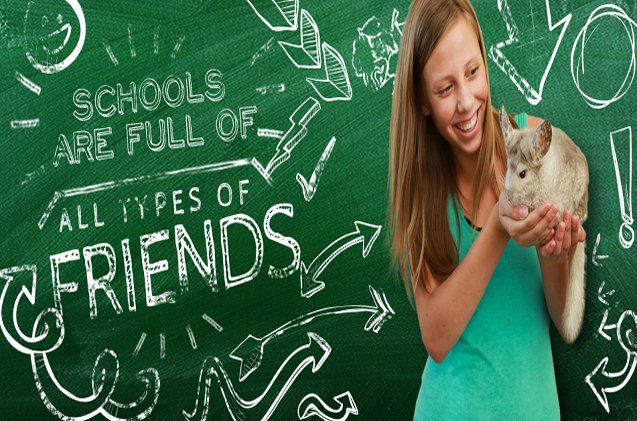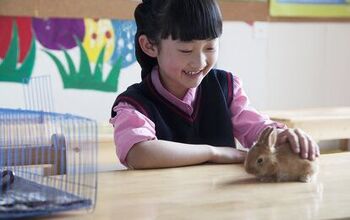New Study Will Investigate Effects Of Pets In Classrooms

American Humane, an organization committed to the safety and well-being of animals through the nurturing of bonds between humans and pets, recently was awarded $130,000 to study the effects that pets have in elementary school classrooms. The grant was awarded by the Human Animal Bond Research Initiative (HABRI) and the Pet Care Trust, and will fund the study, which is titled ‘Pets in the Classroom (PIC): What are the Social, Behavioral and Academic Effects of Classroom Pets for Children 8-10 Years?’
The study is based on the the belief that students who have a classroom pet will also have increased social skills, improved academic ability and fewer behavior problems compared to students who do not have classroom pets.
Related: Habri Study Finds Dogs De-stress Families With Autistic Children
American Humane National Director of Research and Therapy Dr. Amy McCullough hopes the study will give insight on the impact that animal relationships have on children, and will allow schools and teachers the opportunity to support humane and appropriate incorporation of pets in their classes and in the curriculum. Pets in classrooms are a common sight, and more and more is being learned about the positive aspect a class pet has on the students in the class.
The PIC Study already finished its first phase in May of 2015, supported by The Pet Care Trust. The Pet Care Trust is known for its Pets in the Classroom grant program, which helps support teachers who have pets in their classrooms by funding the purchase of and supplies for a classroom pet.
During the first phase, teachers were interviewed about their perspective on the impact they thought a classroom pet would have, specifically what they found the main benefits and challenges of classroom pets to be. The pets involved in the first phase included fish, guinea pigs, hamsters and bearded dragons, among others.
Related: Pets Help Lower The Risk Of Childhood Asthma
This new second phase of the study will look at about 650 students and parents, in addition to 46 teachers from 23 third and fourth grade classrooms across the United States during their school year. All participants will be asked to complete questionnaires at different times of the year to look at the effects of the relationship of the children and their classroom pets in relation to social, behavioral and academic measures.
The purpose of the Pets in the Classroom grants are to give children the opportunity to interact with pets, and it only makes sense to allow them to be incorporated in classrooms, as that’s where so much of a child’s life is spent. Executive Director of the Pet Care Trust Steve King says that this study will add more scientific data to the already known benefits of their program, and allow it to reach more children–and in doing so–allow more benefits of the human-animal bond to be shared.

More by Lori Ennis























